Is it worth migrating from iPhone 7 to iPhone 12? Many Apple users ask themselves this question because they have their older phones and want to undergo modernization. The subsequent handset may be an option for those who want to switch devices, but without shelling out the high price of the iPhone 13, the company’s latest release. In the following lines, learn what has changed from 2016 to 2020 in apple’s smartphones.
iPhone 7 vs iPhone 12 Datasheet
| Specifications | iPhone 7 | iPhone 12 |
|---|---|---|
| Launch | September 2016 | October 2020 |
| Current price | (Amazon) | (Amazon) |
| Screen | 4.7 inches | 6.1 inches |
| Screen resolution | 1334 x 750 pixels | 2532 x 1170 pixels |
| Processor | A10 Fusion | A14 Bionic |
| RAM | – | – |
| Storage | 32, 64, 128, and 256 GB | 64, 128, and 256 GB |
| Memory card | no support | no support |
| Back camera | 12 MP | dual, 12 and 12 MP |
| Front camera | 7 MP | 12 MP |
| Operating system | iOS 10 | iOS 14 |
| Battery | uninformed | uninformed |
| Dimensions and weight | 138,3 x 67,1 x 7,1 mm; 138 g | 146,7 x 71,5 x 7,4 mm; 164 g |
| Colors | Gold, Silver, matte black, gloss black, red, and rose gold | black, white, red, blue, and green |
Screen and design
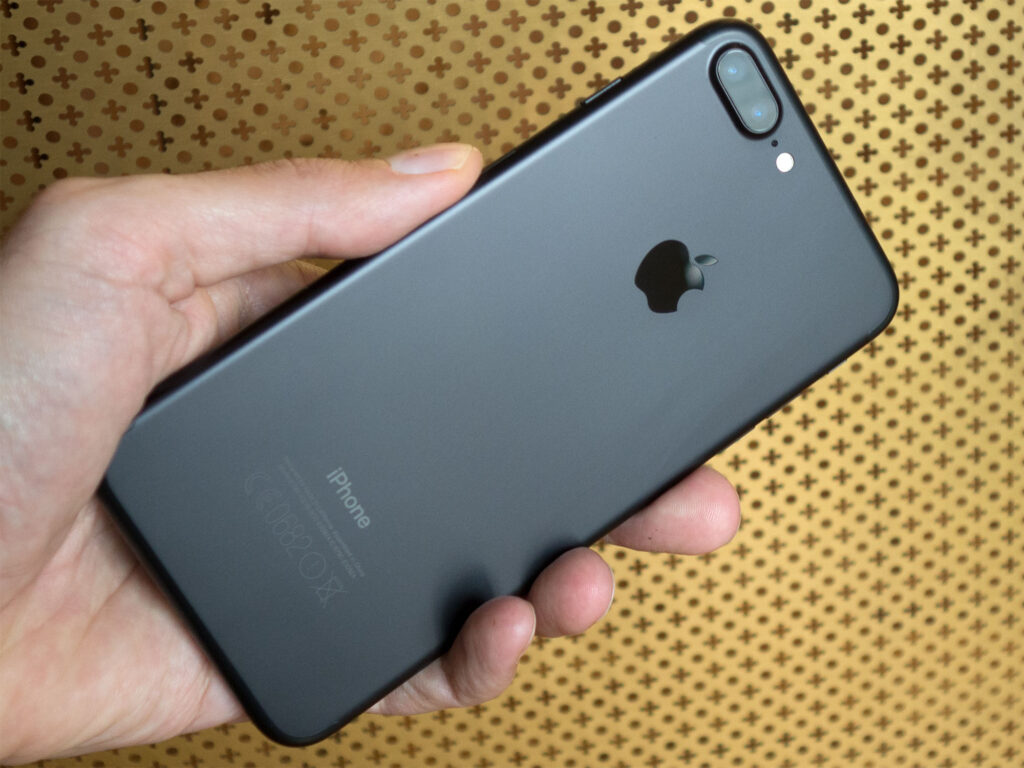
The upgrade from iPhone 7 to iPhone 12 goes far beyond the design. The screen, for example, jumps from 4.7 to 6.1 inches. There is also a significant change in resolution, which goes from 1334 x 750 pixels to 2532 x 1170. This way, the latest version provides a much more detailed image display.
Another aspect that changes is the type of panel. In the 2016 handset, an IPS LCD is used, whereas the iPhone 12 features an OLED screen. In addition to consuming less battery power, the second model can also guarantee absolute black, more brightness, and higher contrast.
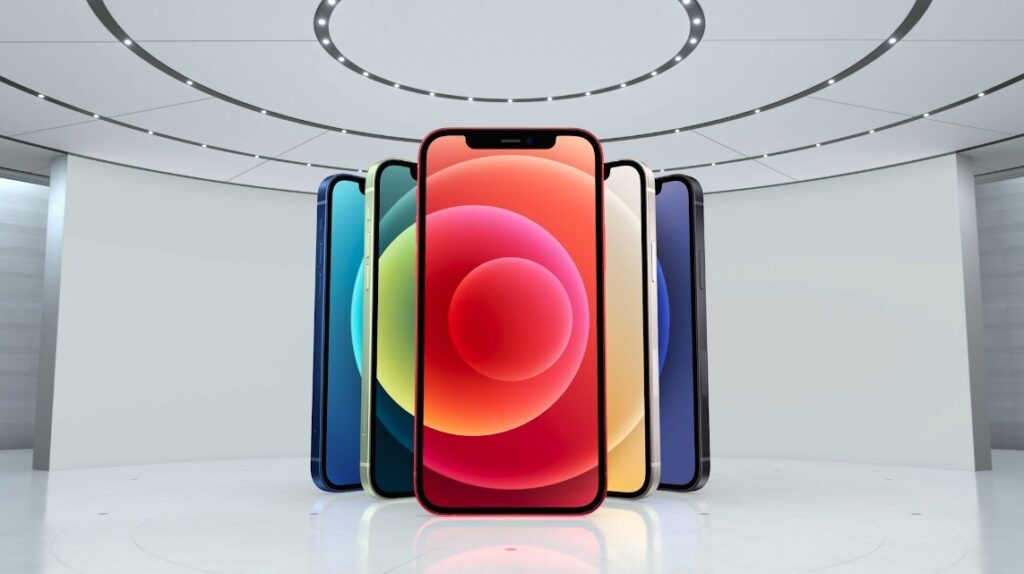
For those looking for greater strength, the iPhone 12 can be a considerable improvement. It features Ceramic Shield on the screen, a material that uses nanoceramic crystals to protect it from drops, scratches, and scuffs. The iPhone 7 even reserves a finish that prevents fingerprints, but it does not match the rival in this comparison.
Both are certified against water and dust. However, the iPhone 7 comes with IP67, which guarantees immersion in up to one meter for 30 minutes, while the iPhone 12 jumps to IP68, which makes it possible to be submerged under a water column of six meters.
Finally, it is worth mentioning the issue of appearance. The iPhone 7 is more compact and harks back to a much older design, with obvious edges and a Touch ID button. The iPhone 12, on the other hand, released four years later, comes with new trends such as the notch and larger proportions. It also dispenses with the physical home button and bets on gesture control.
Camera
The iPhone 12 keeps the same 12 MP as iPhone 7 but brings the dual camera proposal. Besides the main sensor, it also offers an ultra-wide camera. Also called wide-angle, it allows the user to capture larger portions of the landscape or to frame more people in a group.
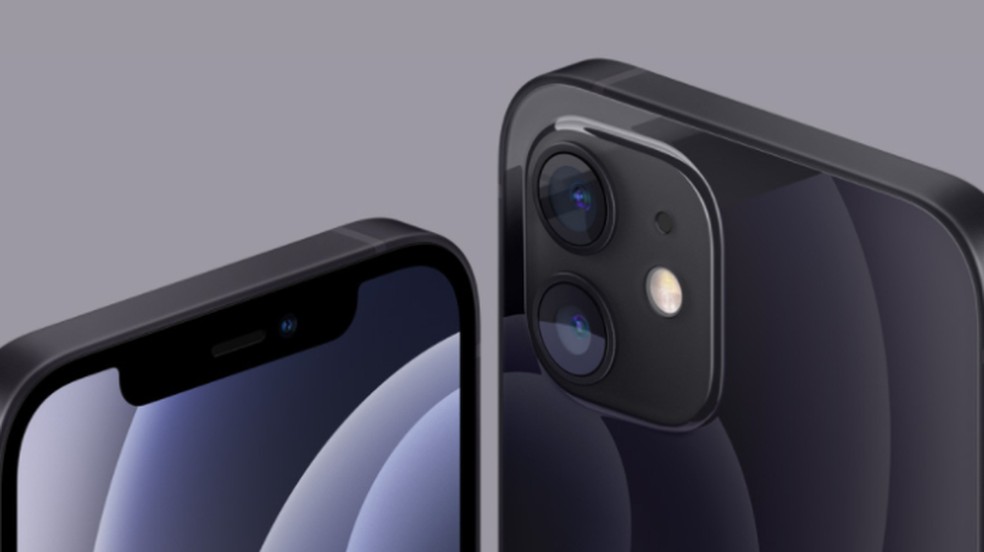
Despite the difference in the arrangement of the sensors, some features are similar in both models, such as optical stabilization, face detection, panorama function, and Live Photos. The iPhone 12 brings the possibility of having photos with a blurred background, as well as delivering higher resolution videos.
The front camera is another factor that presents differences, as it has 7 MP in the iPhone 7 and jumps to 12 MP in the iPhone 12. This model has Face ID on the front surface, a set of sensors for facial unlocking, a more modern form of biometrics.
Performance and storage
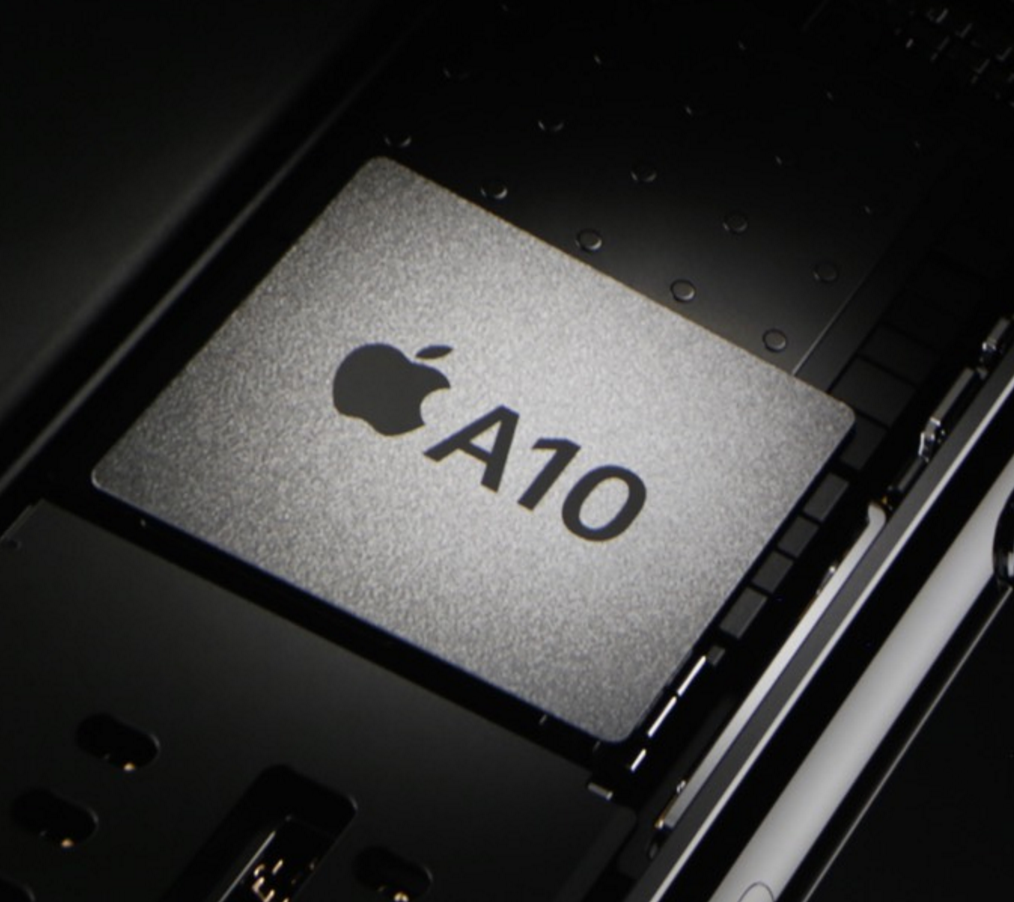
The performance of the two phones shows the evolution of the manufacturer in terms of processing. Released in 2016, the iPhone 7 brought the 64-bit, 16-nanometer A10 Fusion chip. It was the first quad-core created by the brand. The maximum speed of the high-performance cores reaches 2.34 GHz.
The iPhone 12 inaugurated the 5-nanometer processor, promising greater energy efficiency and a 50% better response than the chip in the iPhone 11. The artificial intelligence features are also more elaborate in this version of the processor, which helps in various aspects of the phone, such as camera functions, photo gallery, and battery life.
Storage brings differences, as the iPhone 7 starts at 32 GB while the iPhone 12 offers memory starting at 64 GB. On the other hand, they resemble each other in the 128 GB and 256 GB options.
Apple does not usually disclose the RAM of the phones. Outside sources believe that there has been an upgrade from 2 GB to 4 GB, which also translates to better performance in the iPhone 12.
Battery
The battery is one factor that may put the iPhone 7 at a disadvantage. Although there is no official amperage disclosure, it is estimated that the model has 1,960 mAh, enough to provide 17 hours of moderate use, according to tests done in November 2016.
The iPhone 12, meanwhile, has an estimated 2,775 mAh and can deliver 17 hours of video playback, 11 hours of streaming, and 65 hours of audio, according to Apple. Overall, the phone should guarantee more time away from the power outlets, which is a plus for those looking for longer battery life.
It is worth noting that the iPhone 12 also inaugurates support for MagSafe, a wireless charging system that works by induction. It can be charged without the need to connect a power source through the Lightning input since it uses the system of magnets housed in the back.
Charging speed is also a determining factor in differentiating the phones, as the iPhone 7 has support for up to 5W, while the iPhone 12 can be charged with devices of up to 20W. Even in wireless mode, via MagSafe, the device replenishes power with 15W power.
System version
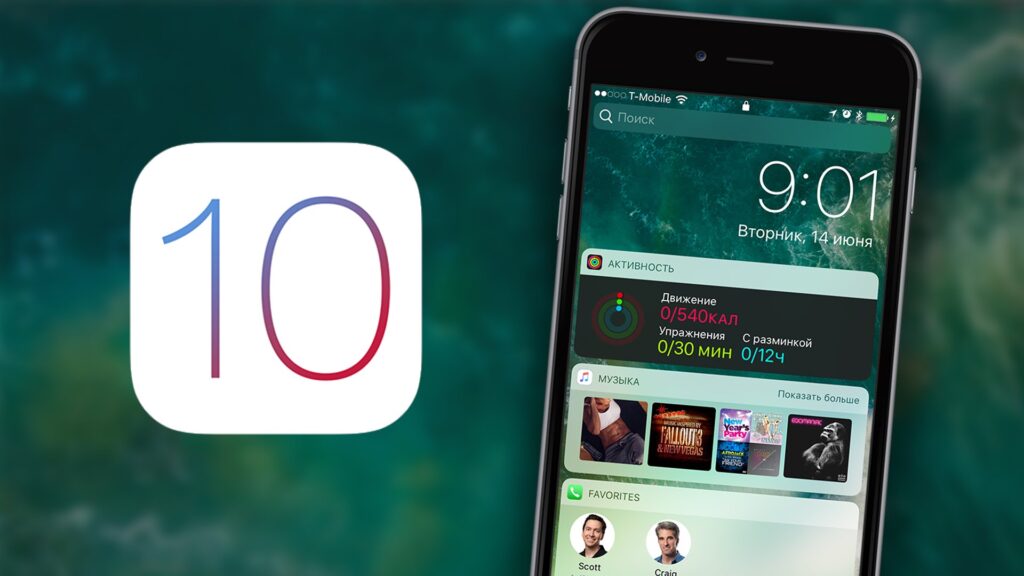
The iPhone 7 arrives, of course, with a much older system than the iPhone 12. The first phone is the iOS 10, while the second brings the iOS 14. Still, the software issue should not be a problem for fans of the Apple devices, as the manufacturer tends to offer long support in terms of updating.
This is evidenced by looking at the update guarantee for the latest system on the 2016 phone. Access to iOS 15 should guarantee both phones features such as voice isolation in calls and the new Focus Mode.
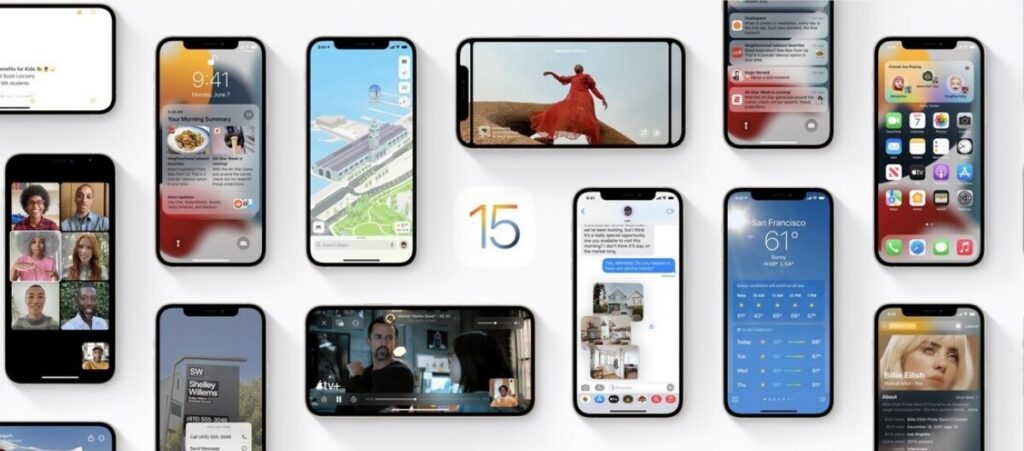
It is worth remembering, however, that smartphone systems get heavier over time. The iPhone 7 can even run iOS 15 but at a fraction of the performance of the iPhone 12. Whoever opts for the upgrade will certainly notice tasks being performed at a much higher speed and free of stuttering.
Extra Features
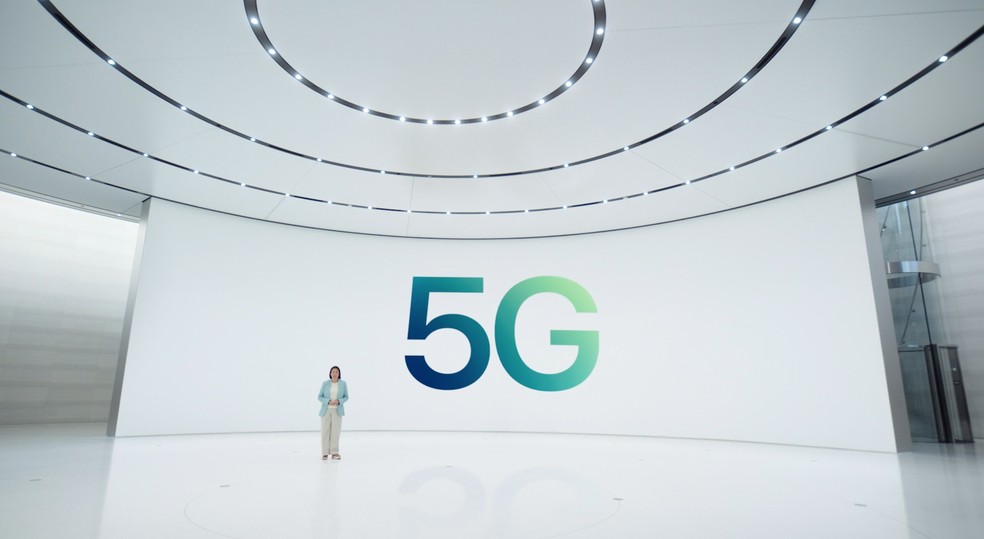
One of the highlights of the iPhone 12 is the presence of 5G internet. It was the first generation of Apple’s products with this feature, which is slowly gaining more importance in the country as carriers begin to activate 5G coverage. The speed difference should be in the order of 20 times. Whoever opts for the newest model will be at an advantage in this regard.
Bluetooth is present in versions 4.2 and 5.0 on the iPhone 7 and 12, respectively, as well as the NFC function, which allows payments by proximity without the need for a card nearby. Both lack the traditional P2 headphone jack, prioritizing the Lightning connection as the only option for charging and headphone audio output.
Pricing and Availability
The iPhone 12 is sold on Amazon for $591 (64 GB), while the iPhone 7 currently sells for about $158 (64 GB).
This post may contain affiliate links, which means that I may receive a commission if you make a purchase using these links. As an Amazon Associate, I earn from qualifying purchases.

